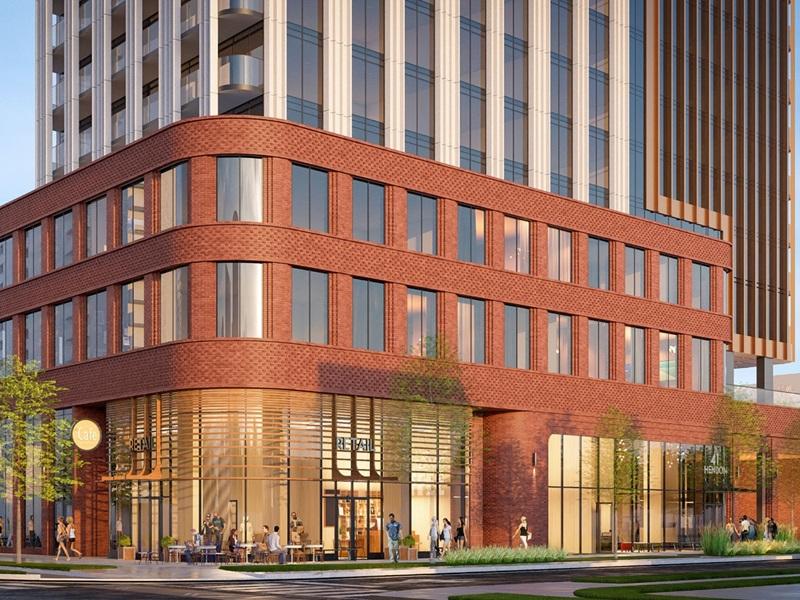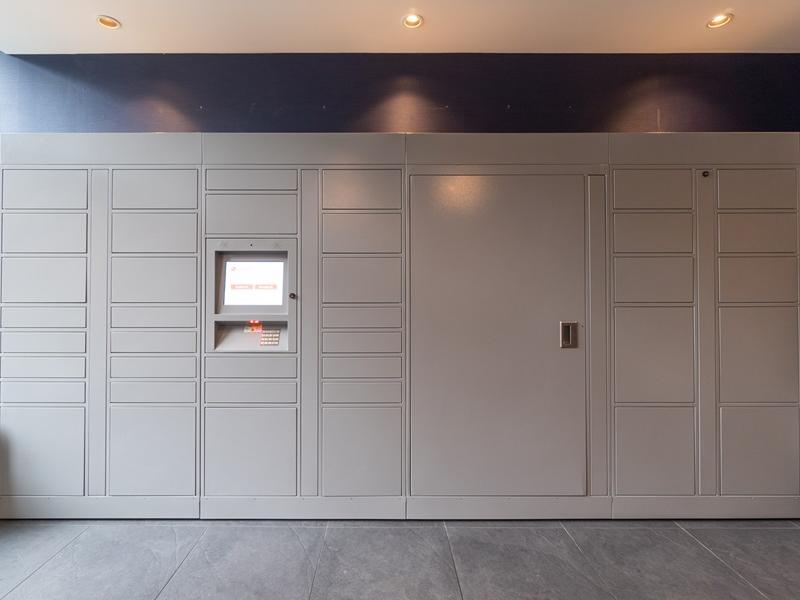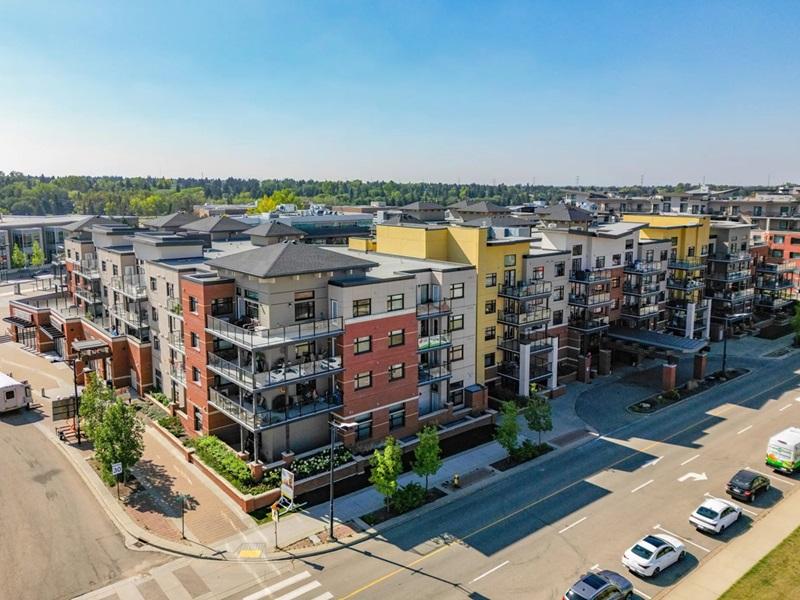Sustainability and accessibility keep coming up in conversations, so we thought this is a good time to share more highlights from the simplyPreference Index released earlier this year.
In our recent articles, we’ve explored resident and owner preferences when it comes to different aspects of a building or community. This article continues that series with a focus on findings from the Sustainability portion of the simplyPreference Index.
The article draws on 1,500 responses from renters and owners across Canada. Participants were asked their preferences on over 230 features, amenities, technology and programs - including whether they would pay more for each, and if so, how much. The result was nearly one million data points offering insight into what Canadians truly value in their rental communities.
What emerged is a clear trend: more and more households value community and are engaging with programs and platforms that reduce environmental impact. There’s also a clear interest in home improvements that boost both energy efficiency and personal wellbeing.
And the best part? Many say they’re willing to spend money to make these changes..
Let there be light - natural light
The top requirement for their living space, according to survey respondents, is plenty of natural light. And it’s no wonder. Natural light makes a suite look more spacious, boosts mood by increasing serotonin, supports vitamin D production and reduces the need for artificial lights, which saves on energy consumption.
This feature is overall preferred (which combines the "essential" and "nice to have" answer choices for overall preference) by 83 per cent and considered essential by 35 per cent.
While we’re discussing light, abundant and upgraded lighting ranks second highest; preferred by 77 per cent and essential to 21 per cent. Forty-three percent of respondents indicated they would pay more for energy efficient lighting and 41 per cent would pay more for smart lighting.
Electric vehicles
Infrastructure for accommodating electric vehicles (EVs) is an amenity preferred by over half of respondents even though actual ownership levels are still quite low. In this study 11 per cent of owners have an EV compared to five per cent of renters. However, on-site charging stations are preferred at a rate of 62 per cent.
When it comes to the availability of EV charging stations, the preferences of owners and renters are fairly similar:
- At home: 59 per cent of owners want charging stations, compared to 57 per cent of renters. For 19 per cent of owners, this is essential, versus 15 per cent of renters.
- While shopping: 55 per cent overall want charging stations, with 16 per cent of owners and 14 per cent of renters calling it essential.
- At the office: 54 per cent overall want charging stations, with 53 per cent of owners and 56 per cent of renters showing interest. Among them, 17 per cent of owners see it as essential, compared to 14 per cent of renters.
What about private access to charging stations or the ability to reserve?
Private access to EV charging stations is more important to people than shared access. Overall, 58 per cent prefer private access, with 20 per cent saying it is essential. By comparison, 53 per cent prefer shared access with the public, but only 14 per cent consider it essential.
The ability to reserve an EV charging spot is preferred by 53 per cent, with 13 per cent indicating this is essential. Slightly more respondents prefer first-come, first-served access - 54 per cent overall with 15 per cent calling it essential.
Conservation
Reducing energy and water use is a key theme in our sustainability findings.
Nearly 75 per cent of respondents preferred features like energy-efficient appliances, efficient lighting and waste reduction efforts in their communities. One-in-four people considered energy and water conservation essential, and 40 per cent said they would pay more to support this initiative.
In addition, 65 per cent valued green or sustainable building certifications, and 63 per cent wanted opportunities to learn how to better manage their energy use.
Wellbeing
While we first introduced this topic in the amenities section of our preference study, several features stand out when it comes to sustainability initiatives.
Improved air filtration and ventilation ranked as the third-highest preference overall, with 29 per cent of respondents calling it essential and 44 per cent willing to pay more for it. Non-toxic pest control is also a priority, preferred by 62 per cent and considered essential by 18 per cent.
In addition, 40 per cent of respondents said they would pay more to have wellness programs available within their building.
Accessibility
Another component of sustainable living is promoting social equity within the community. Residential building design can help support residents with accessibility challenges by creating spaces that are easier to navigate.
To this end, automatic doors and wide doorways at entrances are features that are preferred by 74 per cent. The inclusion of ramps and lifts wherever there are stairs is preferred by 73 per cent.
Barrier-free paths of travel are essential to 24 per cent while barrier-free suites are essential to 21 per cent, with 37 per cent saying they would pay more for barrier-free spaces.
These findings underscore the strong demand for accessible design features and highlight the importance of making inclusivity a core element of living spaces. They also show many respondents are willing to pay more for homes that support accessible living
Sustainability remains a top priority
Since we began measuring sustainability at simplydbs, it has consistently ranked as a top priority throughout the resident journey. From move-in to daily living, residents have shown strong support for programs, features, designs and amenities that promote not only personal well-being but also environmental responsibility and community connection.
Sustainability initiatives that are simple to incorporate into everyday routines, along with programs that foster community engagement, tend to receive the highest levels of resident satisfaction. These elements enhance the overall living experience and contribute to a shared sense of purpose.
Whether you are leasing, managing or developing a residential community we recommend evaluating communication channels and messaging strategies that focus on sustainability and accessibility. Ensuring that sustainability-related content is both visible and relevant helps reinforce existing efforts, while also encouraging further resident participation for the benefit of both the building and the broader environment.









